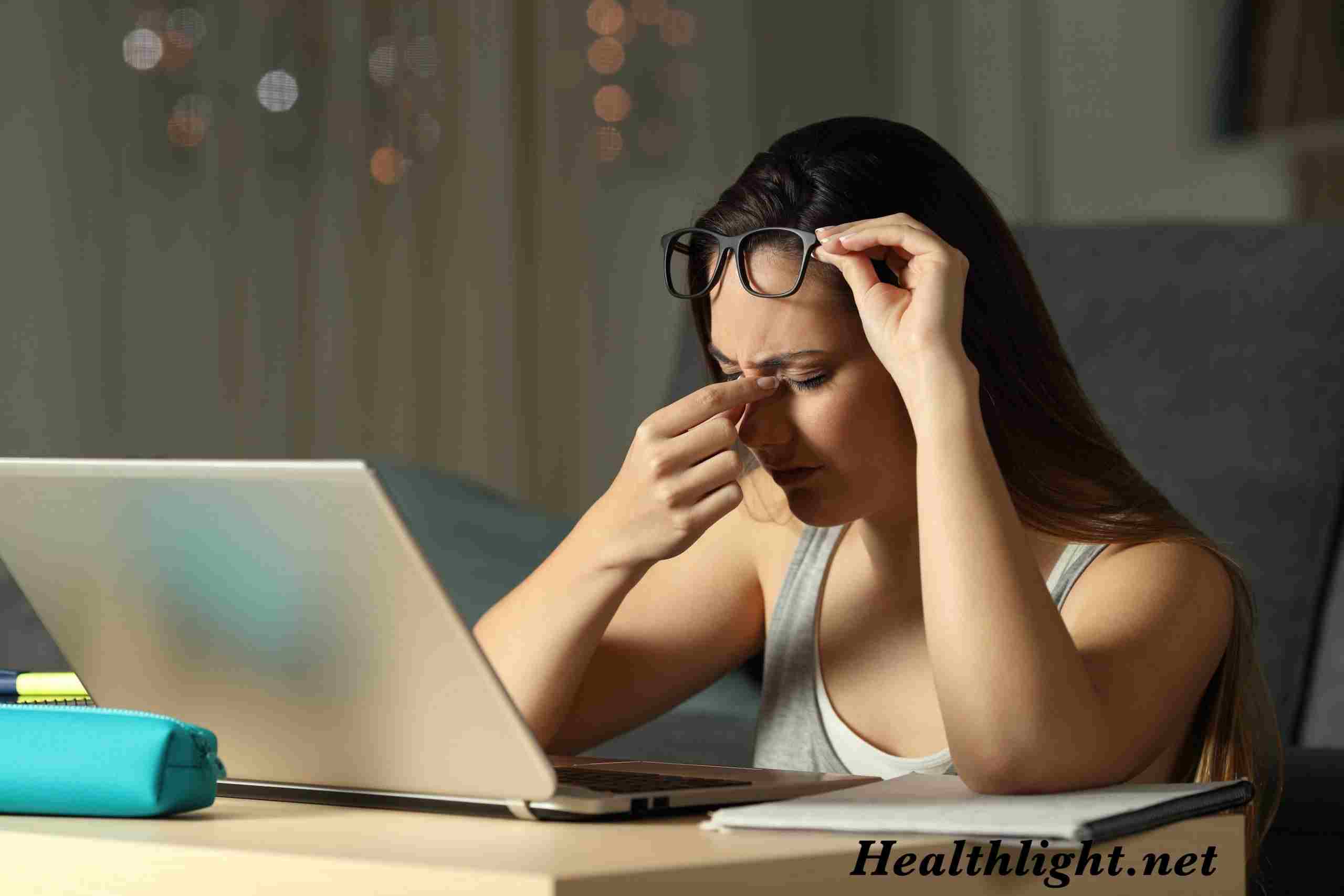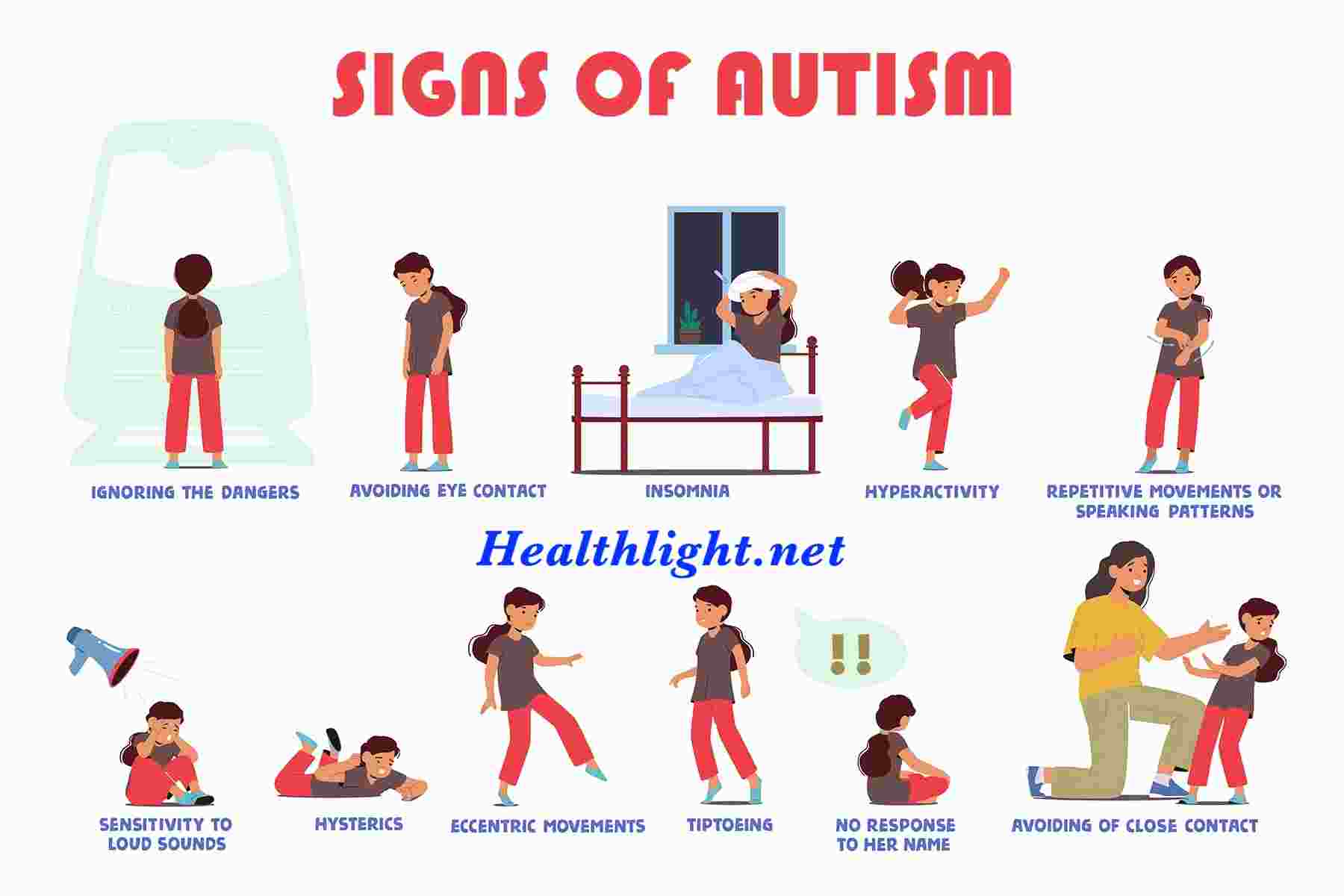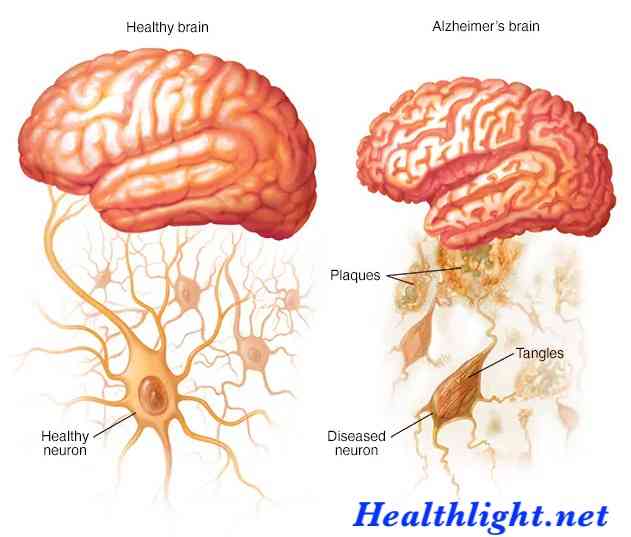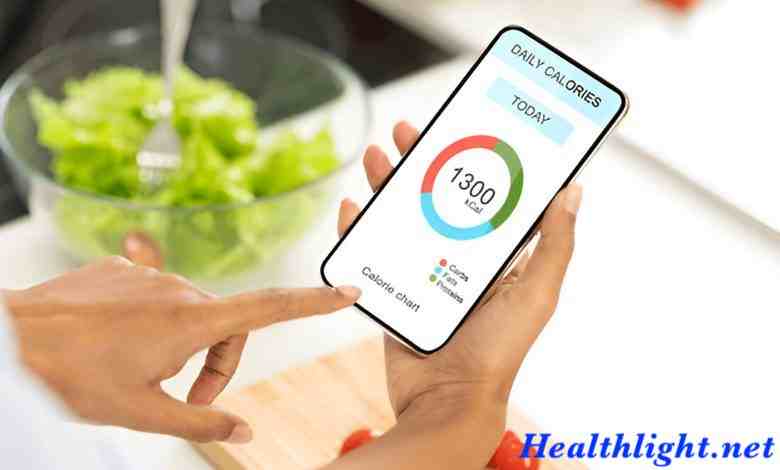In today’s digital age, most adults spend several hours a day on computers, tablets, and smartphones. While these devices make life easier, constant screen exposure often leads to eye discomfort. Many people report headaches, blurred vision, and general fatigue after long periods of digital activity. This is commonly referred to as digital eye strain.
The good news is that with a few practical strategies, you can protect your eyes and maintain their health while still using screens for work, entertainment, and communication. This article explores causes, signs, and effective ways to reduce strain for adults who spend much of their time online.
What is Eye Strain?
Eye strain happens when your eyes are forced to work harder than usual. Screens emit blue light, cause frequent focusing adjustments, and encourage prolonged periods without blinking. Together, these factors can tire the eye muscles and create discomfort.
Adults are more at risk because of longer working hours, meetings, and online communication, often without enough breaks. Recognizing the early warning signs is the first step toward prevention.
Symptoms of Eye Strain:
- Tired or sore eyes.
- Blurred vision after long screen use.
- Headaches.
- Difficulty focusing.
- Dryness or irritation.
- Sensitivity to light.
If these issues occur regularly, they may be related to extended digital use.
Why Prolonged Screen Time Affects Eyes?
Several reasons explain why screen exposure can lead to discomfort:
Reduced Blinking:
People blink 30-50% less when staring at digital devices. This decreases natural lubrication, leading to dryness.
Glare and Lighting:
Bright screens and poor room lighting create visual stress.
Blue Light:
Prolonged exposure to blue light can affect both eye comfort and sleep cycles.
Improper Viewing Distance:
Holding screens too close or too far forces eye muscles to overwork.
Continuous Focus:
Staring at one object without rest makes the eyes struggle to adjust.
Effective Screen Time Tips for Protect Adult Eyes from Strain:
Follow the 20-20-20 Rule:
Every 20 minutes, look at something 20 feet away for at least 20 seconds. This simple practice helps the eyes relax and recover from continuous focus.
Adjust Screen Settings;
- Lower brightness to match the room’s lighting.
- Increase font size for comfortable reading.
- Enable night mode or blue light filters in the evening.
These small adjustments reduce unnecessary stress on your eyes.
Maintain Proper Distance and Posture:
Keep your screen about an arm’s length away, with the top of the monitor at or just below eye level. Good posture not only protects your eyes but also prevents neck and back pain.
Improve Lighting Conditions:
Avoid using screens in dark rooms, as this creates sharp contrast that stresses the eyes. Ideally, work in a well-lit room with natural or soft ambient lighting. Position screens away from windows to minimize glare.
Blink More Often:
Consciously remind yourself to blink. This refreshes the eyes and keeps them moist. If dryness persists, consider using artificial tears recommended by an eye specialist.
Use Blue Light Glasses:
Special lenses filter out some blue light and reduce glare. While they don’t solve all problems, many adults find them helpful, especially for evening use.
Take Regular Breaks:
Every hour, take a 5-10 minute break from all screens. Stand up, stretch, and move around. This not only helps your eyes but also improves circulation and reduces overall fatigue.
Optimize Workstations:
For adults working long hours at desks, ergonomic setups make a difference. Ensure your chair, desk, and monitor are aligned properly. Keep the screen at eye level to prevent unnecessary strain.
Keep Screens Clean:
Dust and smudges reduce clarity and force your eyes to work harder. Regularly clean devices with a microfiber cloth.
Stay Hydrated and Maintain a Healthy Diet:
Water keeps your eyes hydrated. Nutrients like omega-3 fatty acids, vitamin A, and lutein support long-term vision health. Foods such as fish, carrots, spinach, and almonds are excellent for eye care.
Lifestyle Habits That Support Healthy Eyes:
Exercise Regularly:
Physical activity improves blood circulation, ensuring that eyes receive enough oxygen and nutrients.
Get Enough Sleep:
Sleep allows your eyes to rest and recover. Poor sleep makes eyes more vulnerable to strain.
Reduce Unnecessary Screen Time:
Limit screen use before bedtime, during meals, or while socializing. Replacing some screen activities with offline hobbies benefits both eyes and overall well-being.
Schedule Eye Exams:
Regular check-ups detect early signs of problems. Adults who spend long hours on devices should have annual eye exams to ensure vision health.
Long-Term Risks of Ignoring Eye Strain:
While eye strain itself is usually temporary, ignoring it can lead to complications:
- Chronic headaches.
- Difficulty concentrating.
- Increased risk of nearsightedness.
- Poor sleep quality due to disrupted circadian rhythms.
- Reduced productivity.
Early action prevents these issues and keeps your eyes healthy in the long run.
Screen Time Tips for Working Adults:
For professionals who cannot avoid screens, here are practical solutions:
- Use dual monitors if your job involves multiple tasks. This prevents constant switching between tabs.
- Adjust the zoom level instead of leaning forward.
- Invest in a comfortable chair and desk setup.
- Use voice assistants or dictation software to reduce typing and screen staring.
- Plan short outdoor breaks to refresh both eyes and mind.
Managing Eye Strain in Remote Work Era:
Remote work and online meetings have increased screen hours for many adults. To adapt:
- Limit unnecessary video calls.
- Use larger screens instead of relying on small mobile devices.
- Keep blue light filters active all day.
- Schedule “no-screen” times during evenings for relaxation.
Final Thoughts:
Screens are now an unavoidable part of modern life. While we cannot completely eliminate digital use, we can adopt habits that protect our vision. By following strategies such as the 20-20-20 rule, adjusting screen settings, and taking regular breaks, adults can significantly reduce discomfort and maintain long-term eye health.
Protecting your vision today ensures comfort and clarity for years to come.
FAQs:
Can too much screen time permanently damage adult eyes?
No, but it can cause significant discomfort and may contribute to worsening vision over time if not managed.
How many hours of screen time is considered safe?
Experts recommend limiting non-work screen time to less than two hours per day, in addition to work requirements.
Do blue light glasses really work?
They may reduce glare and help with sleep cycles, but they are not a cure for digital strain.
Is eye strain different from vision problems?
Yes. Strain is usually temporary, while vision issues may require corrective lenses or medical treatment.
When should I see a doctor about eye strain?
If discomfort persists despite lifestyle changes, or if you experience sudden vision changes, seek medical advice.







